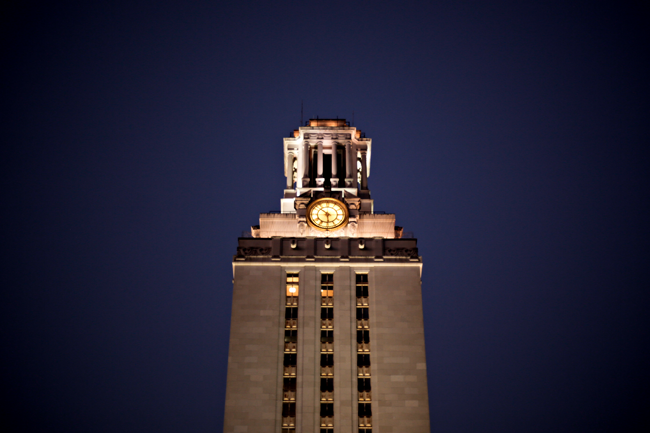In 1928, east of East Avenue and south of the City Cemetery became the only place “non-Caucasians” could receive utility services when Austin instituted the Koch and Fowler City Plan. In the 1940s, Interstate 35 was built right down the same line, physically separating predominantly white west Austin and predominantly black east Austin.
The history of segregation has left a profound divide in Austin to this day. This foundation of cultural segregation, although no longer officially planned, still enforces geographic separation.
The black student population in the Austin Independent School District has been declining since the mid-1990s. According to Mia Sneed, a state equity specialist with The Center for the Elimination of Disproportionality and Disparity, this is due to a variety of factors.
“[The population shrinkage is due in part to] the gentrification that has happened along the east side, and the cost of the housing that is replacing the original housing,” Sneed said. “Affordability of housing and gentrification is [a huge problem].”
Now, instead of just affecting AISD, this divide has crept into surrounding areas.
Since 1995, the African-American student population enrolled in AISD schools has declined from 19 percent to 8.2 percent. Meanwhile, districts north and east of Austin, such as Pflugerville, have experienced increases of up to 7 percent in African-American enrollment. However, more affluent districts west of Austin, such as Eanes and Lake Travis, have seen virtually no growth in their African American populations.
Even within AISD, segregation is still prevalent. The consequences of this are not only geographic and economic, but cultural as well.
In 1907 E. H. Anderson High School was built on the east side of Austin to educate exclusively black students. Despite Anderson’s status as one of the few well-performing schools on the east side, in 1971 AISD forced the permanent closure of “Old” Anderson High School.
In response to that closure, AISD opened L.C. Anderson and Lyndon B. Johnson High School. The two new schools straddle I-35, once Austin’s symbolic white-black divide, and show the results of Austin’s historic racial schism. Today, Anderson High School to the west has 7 percent African-American enrollment, while LBJ to the east has 40 percent black enrollment.
“Two different schools, two different realities,” said Angela Ward, a staffer for AISD’s Department of Cultural Proficiency & Inclusiveness.
Today, 15 percent of kids in Austin live in extreme poverty, according to the Burnt Orange Report.
“Growing up in poverty has serious consequences for children, especially in education,” report author Katie Singh said.
Unsurprisingly, these numbers disproportionately affect Hispanic and black children. Austin’s lingering segregation means that these “consequences” disproportionately affect east side schools.
Directly to the west, Eanes ISD borders AISD. Since 1995, one percent of EISD students were African American. In 2014, 0.8 percent of its students were African-American. The next district to the west, Lake Travis ISD, had less than two percent African-American enrollment in 2014. These numbers have held true since the time of legal segregation and are not likely to change any time soon.
The east-west divisions don’t just spell separation. Eanes and Lake Travis are currently ranked in the top 10 districts in Texas, by Niche, a website that compares, reviews and ranks schools across the nation. To the east, Austin is ranked 80th and Pflugerville is ranked 173rd. That is what segregation looks like, and separate is still not equal.
MacLean is an advertising freshman. Follow MacLean on Twitter @JoseMariaMacLea.





















